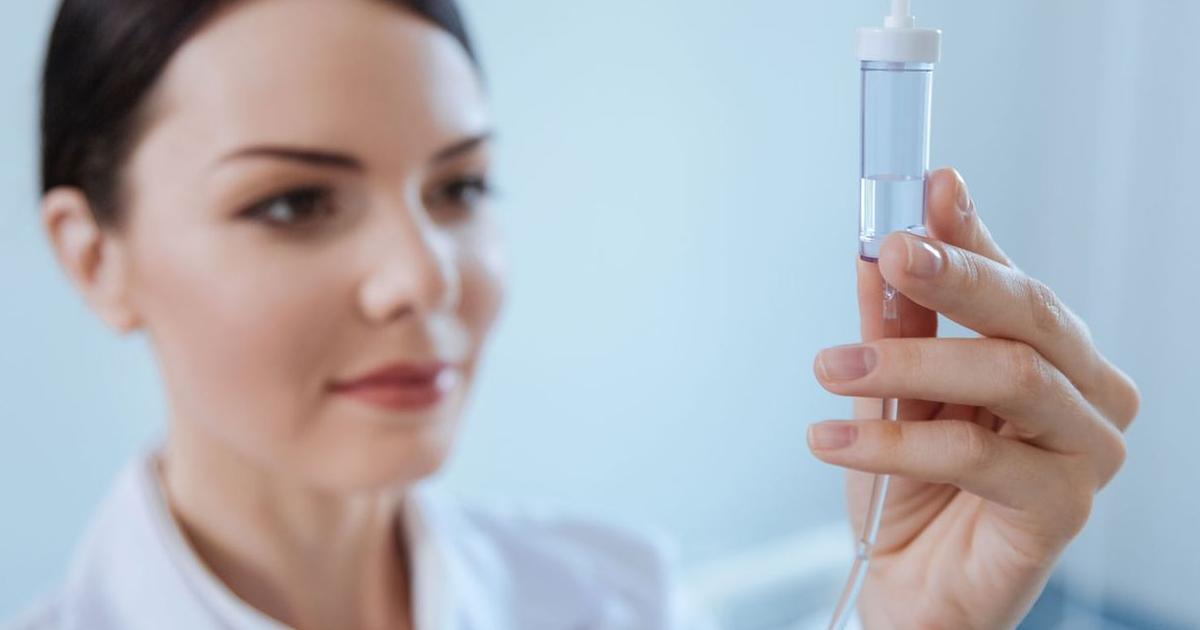How To Effectively Prevent And Treat Lead Contamination
Lead contamination, also known as lead poisoning and plumbism, occurs due to an accumulation of lead in the body. Lead is a toxic metal commonly found in some paints and dust in older homes and buildings. Lead contamination generally develops over a long period of repeated exposure to small amounts of lead. However, if an object containing lead is swallowed, this can produce acute lead poisoning. As a neurotoxin, lead damages the brain and nervous system. While it is dangerous for individuals of any age, lead contamination is particularly dangerous for children since their brains are still developing. For children, symptoms of lead contamination generally include vomiting, stomach pain, irritability, loss of appetite, and hearing loss. Children may also experience seizures, developmental delays, and a tendency to eat non-food items. In adults, symptoms can include high blood pressure, abdominal pain, memory problems, and joint or muscle pain. Some adults may also have frequent headaches, and lead contamination could cause pregnant women to have a premature delivery or a miscarriage. To diagnose lead contamination, doctors perform blood tests to check lead levels. Although no safe level of lead has been established, doctors typically conduct regular monitoring of children whose lead levels are greater than five micrograms per deciliter. For children and adults, lead levels of forty-five micrograms per deciliter and above require treatment.
The steps outlined below are recommended in the prevention and treatment of lead contamination.
Chelation Therapy

Chelation therapy may be needed for patients with severe cases of lead contamination, including children with lead levels above forty-five micrograms per deciliter and symptomatic adults. Traditional chelation therapy uses an injection of EDTA (calcium disodium ethylenediaminetetraacetic acid). The EDTA binds to the lead so it can be removed through urination. A newer form of this treatment uses an oral medication that functions in the same manner, eliminating the need for injections. While receiving this therapy, patients will be closely monitored for adverse reactions and side effects. Potential side effects include fever, headache, nausea, and vomiting. Rarely, some patients experience a sensation of tightness in the chest, and this could be accompanied by a drop in blood pressure and a change in heart rhythm. While receiving treatment, patients may have their vital signs and heartbeat checked to reduce the risk of these complications.
Uncover more methods of treating and preventing lead contamination now.
Remove Source Of Contamination

For patients with low levels of lead in their blood, avoiding exposure to lead could be sufficient to reduce these levels. Doctors recommend patients remove the source of contamination if it can be positively identified. For example, paint is one of the most common sources of lead contamination. In the United States, many homes built before 1978 are likely to have lead-based paint on windows and doors, and lead paint is commonly used in imported toys and in older painted furniture. Toys from vending machines are also likely to contain lead. Some glazed pottery and ceramics may have lead, and lead is present in some crystal and glass as well. Patients concerned about possible sources of lead contamination in their home and environment can purchase a lead testing kit. Professionals who specialize in lead abatement can help remove or neutralize any lead that may be present.
Keep reading to reveal more options for treating and preventing lead contamination now.
Avoiding Prolonged Exposure

Avoiding prolonged exposure may help reduce the accumulation of lead in the blood and prevent it from reaching levels where treatment is required. To reduce the likelihood of prolonged exposure, homeowners may wish to have their water supply tested for lead. Workers who use batteries and those who work with glass and in automotive departments should follow all workplace safety precautions. They should wear masks and gloves when handling materials known to contain lead. Home renovations are another common source of prolonged lead exposure, especially if projects include removing old paint. While renovating, children should be removed from the renovation site, and workers should wear masks and protective gear as appropriate. Sometimes, it may be safer and faster to seal in old lead paint instead of trying to remove it.
Learn more about preventing and treating lead contamination now.
Clean Dusty Surfaces

Dust in the home may contain lead from lead-based paint chips. In addition, lead sometimes occurs in the soil located along the outside walls of homes, and this contaminated soil can get tracked inside, where it settles and becomes part of household dust. Therefore, professionals recommend that everyone clean dusty surfaces to prevent and reduce lead exposure. In particular, baseboards, floors, and windowsills should be dusted, vacuumed, or wiped down frequently. Individuals who live in homes with patches of bare dirt may wish to consider covering these with mulch, landscaping materials, grass, or flowers. Patients who are especially concerned about the potential for lead in the soil around their homes can arrange to have a soil test performed. In general, lead is more likely to be found in the soil around homes near major highways. The yards of homes in urban settings may also be more likely to have lead in the soil.
Discover more options for treating and preventing lead contamination now.
Eat A Healthy Diet

Calcium, vitamin C, and iron in the diet may reduce the body's absorption of lead. For this reason, doctors recommend that adults and children at risk for lead exposure eat a healthy diet. The body absorbs lead more easily when the stomach is empty, so eating regular meals and snacks that fill the stomach can reduce both the absorption rate and amount of lead absorbed. For maximum protection against lead, professionals advise that patients choose low-fat foods where possible. Diets based around fruits, vegetables, nuts, and whole grains typically provide higher levels of the vitamins and minerals known to reduce lead absorption. Having a large green salad at dinner and eating fruit as a snack are both good starting places for a diet that protects against this dangerous heavy metal. Patients who have questions about the most appropriate nutrition for their risk level may wish to consult a nutritionist or physician for individualized advice.